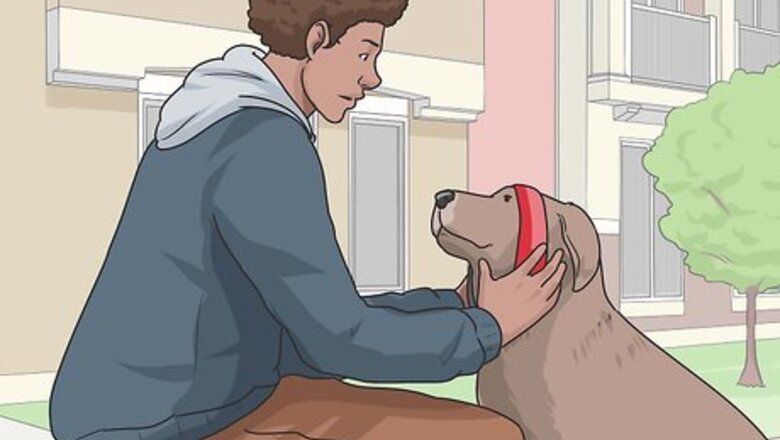
views
Walking a Dog: Basics
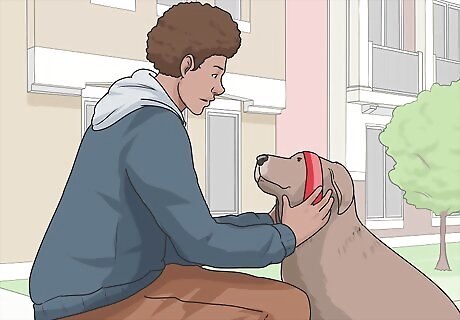
Put a leash and collar on the dog. There will come a time when your four-legged friend will recognize it is time to go for a walk by you simply reaching for the leash. Introduce this in your dog’s mind early on by using a collar at a young age. Place the collar around the dog’s neck and say “let’s walk” with the leash in full view.
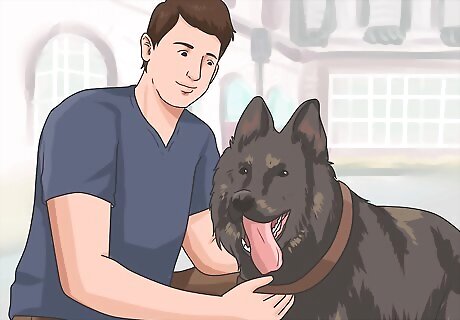
Keep the collar tight, but not too tight. You want to make sure the collar isn’t too tight around your dog’s neck. A good rule of thumb is to ensure you can place one to two fingers between the collar and your dog’s neck. You also don’t want the collar to be loose enough to slip over your dog’s ears if it tries to back out of it.
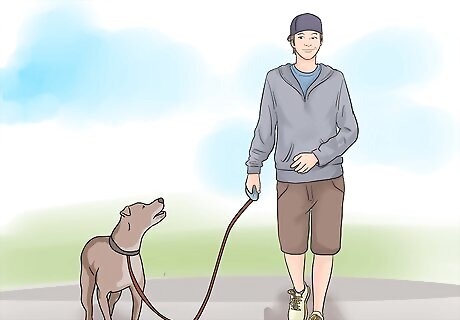
Choose the side on which you want your dog to walk. Consistency is important when training your dog to walk. Choosing a side for the dog to walk establishes its spot in the activity. The puppy will become accustomed to walking with you by knowing what to expect. Just keep in mind that walking on a leash is not a natural occurrence for your pet. An adjustment period should be expected.
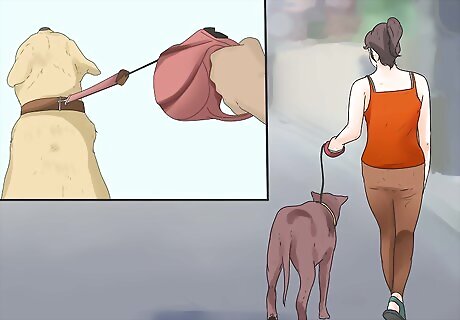
Pull the leash close to your body. The most important aspect of learning how to walk your dog is maintaining control so that your pet doesn’t dictate the walk. You are the boss and this should be reflected in your walking relationship as well. Wrap your traditional leash around your hand until there is very little give between you and your pet. Pull the leash close to your body but allow enough give to allow your dog to walk naturally. Your dog will feel the resistance of the leash and realize that getting ahead of you is unacceptable.
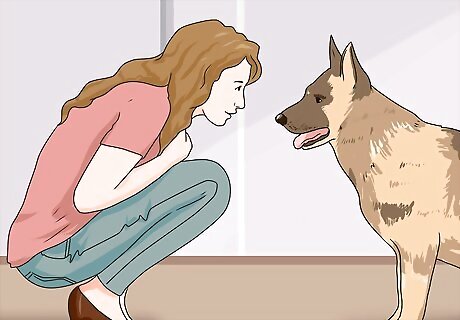
Talk to your dog. Your dog understands the tone in your voice. Don’t get frustrated. Encourage your dog with a “good job” or “way to go” when it does something right. Use a stern voice when instructing it not to do the wrong things, like bark at people passing by or growling at other dogs.
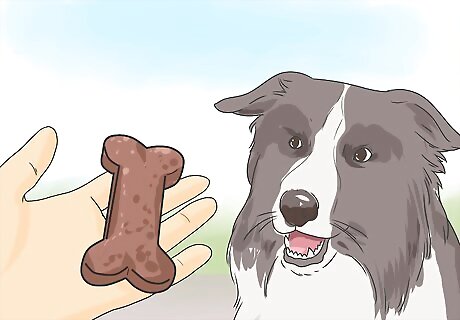
Reward your dog with treats. Use treats when teaching your dog to walk but especially when you want to teach your pet to not pull on the leash. Reward often and consistently. Reserve a treat that your dog especially likes for training purposes. Many dogs are quite enthusiastic about pieces of hot dog, cheese, or jerky. Make sure these treats are easy to eat and do not require too much chewing.
Purchasing Proper Walking Equipment
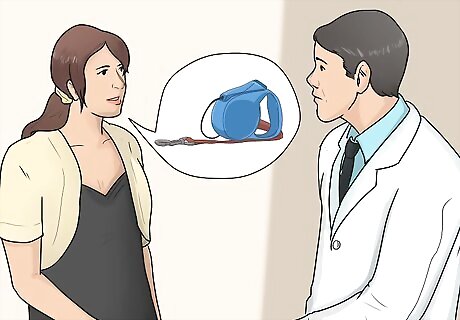
Talk to your vet before buying walking equipment. Your vet will know your pet almost as well as you do and can recommend the type of walking equipment you may need. Trust the vet’s expertise when it comes to selecting a collar and leash for your dog’s specific body type or weight. Your vet can assist you with tips to avoid neck conditions that can arise from an improper collar.
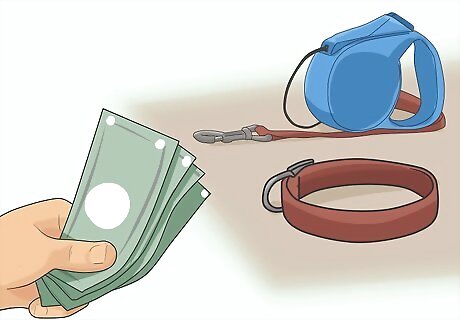
Buy the proper collar and leash for your pet. There is a wide variety of collars and leashes available on the market, but not all of them are suitable for your animal. For example, a traditional buckle collar and hook leash are typically used when there is little issue with walking your dog. For those that have more difficulty with a non-cooperative pet there is a variety of more restrictive collars and leashes available. Slip collars help keep the easily distracted dog in line. Pack leader collars are used on dogs that like to pull. Harnesses are useful on dogs with elongated necks. Special-use collars include shock collars, vibrating collars, and GPS collars. Glow in the dark collars make sure you are visible to others. Use retractable leads if you live near a large park or in the countryside so you can enable your dog to explore.
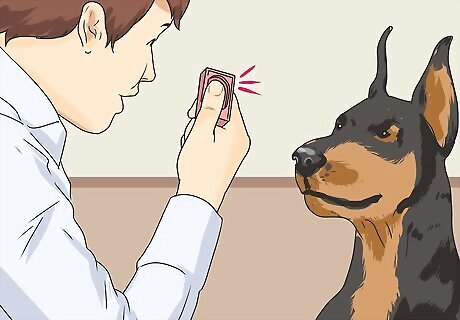
Consider the clicker device for training. This device is highly regarded as a safe and effective method for dog training. Use the clicker to reinforce good behavior and communicates in a clear, concise way to the dog. The click sound, followed by a treat, communicates to the dog that it has done the right thing. The clicker method is effective in training a dog to walk and other areas of training as well, such as barking, potty-training, and tricks. Use the clicker, followed by a treat, for the following steps: Begin with putting the leash on. When your dog stops resisting the leash. As the dog walks behind you or beside you. Repeat periodically throughout the walk. When returning home, remove the leash. Repeat daily.
Making Sure the Walk is Comfortable
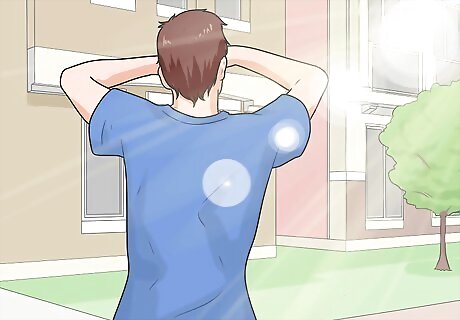
Know when it is too hot to walk your dog. The temperature will often determine the best time to take your dog walking. Earlier in the day or later in the evening are suitable times of day to walk your dog. Avoid high noon as the pavement may be too hot for your dog’s feet. The best way to test if it is too hot is to place your bare hand on the pavement. If after only five seconds you have to remove your hand then chances are it is too hot.
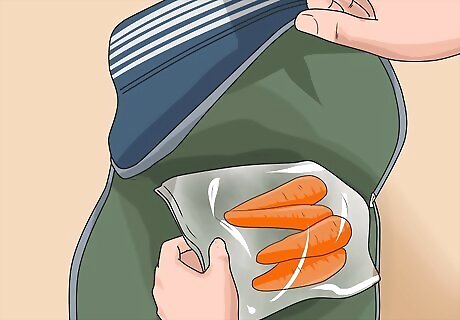
Carry plenty of water and food. Along with poop bags and your clicker, carry a portable bowl and a bottle of water for your pet. Keeping your dog hydrated is important when walking for longer periods of time or during the hotter times of day. During summer months, it is extra important that your dog has plenty of water. Healthy and easy snacks to carry include: Strawberries Seedless watermelon Apple slices Blueberries Carrots Crushed ice for the hotter days
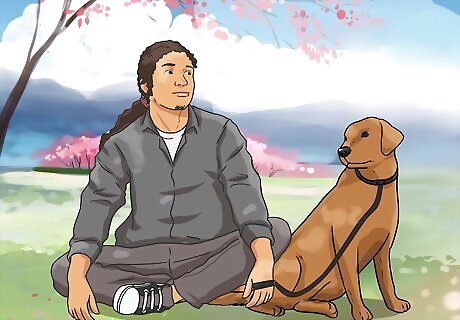
Rest when necessary and get shade when you can. Don’t overdo it when getting your dog used to walking with you, especially if this is the first time on a collar and leash. There will be a lot of pulling and resistance which may wear the little one out. Find a shady spot to rest for a couple of minutes along the walk.










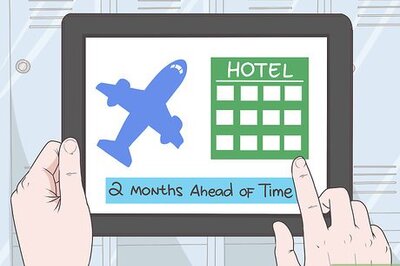

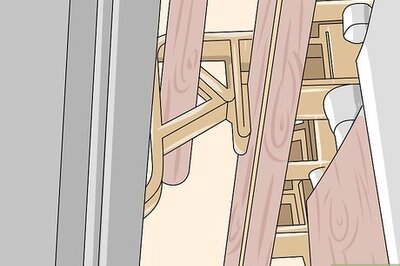


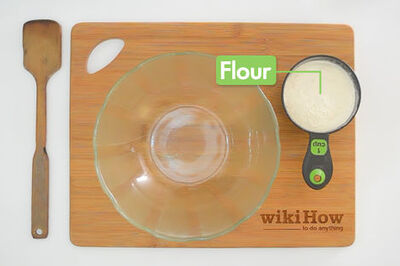


Comments
0 comment